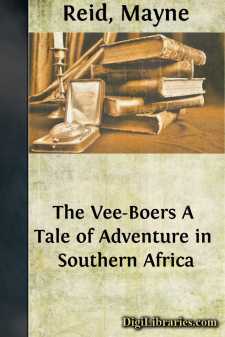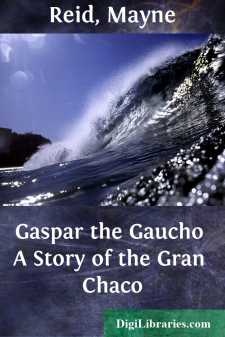Categories
- Antiques & Collectibles 13
- Architecture 36
- Art 48
- Bibles 22
- Biography & Autobiography 813
- Body, Mind & Spirit 142
- Business & Economics 28
- Children's Books 17
- Children's Fiction 14
- Computers 4
- Cooking 94
- Crafts & Hobbies 4
- Drama 346
- Education 46
- Family & Relationships 57
- Fiction 11829
- Games 19
- Gardening 17
- Health & Fitness 34
- History 1377
- House & Home 1
- Humor 147
- Juvenile Fiction 1873
- Juvenile Nonfiction 202
- Language Arts & Disciplines 88
- Law 16
- Literary Collections 686
- Literary Criticism 179
- Mathematics 13
- Medical 41
- Music 40
- Nature 179
- Non-Classifiable 1768
- Performing Arts 7
- Periodicals 1453
- Philosophy 64
- Photography 2
- Poetry 896
- Political Science 203
- Psychology 42
- Reference 154
- Religion 513
- Science 126
- Self-Help 84
- Social Science 81
- Sports & Recreation 34
- Study Aids 3
- Technology & Engineering 59
- Transportation 23
- Travel 463
- True Crime 29
The Vee-Boers A Tale of Adventure in Southern Africa
by: Mayne Reid
Description:
Excerpt
On the Karoo.
A vast plain, seemingly bounded but by the horizon; treeless, save where a solitary cameel-doorn (Note 1) spreads its feathered leaves, or a clump of arborescent aloes, mingled with rigid-stemmed euphorbias, breaks the continuity of its outline. These types of desert vegetation but proclaim its sterility, which is further evinced by tufts of whiteish withered grass, growing thinly between them.
Over it three waggons are moving; immense vehicles with bodies above four yards in length, surrounded by an arching of bamboo canes covered with canvas. To each is attached eight pairs of long-horned oxen, with a driver seated on the box, who flourishes a whip, in length like a fishing-rod; another on foot alongside, wielding the terrible jambok, while at the head of the extended team marches the âforeloper,â reim in hand, guiding the oxen along the track.
Half a score horsemen ride here and there upon the flanks, with three others in advance; and bringing up the rear is a drove of milch cowsâsome with calves at the footâand a flock of fat-tailed sheep, their tails full fifty pounds in weight, and trailing on the ground.
The cows and sheep are in charge of ten or a dozen dark-skinned herdsmen, most of them all but naked; while a like number of large wolfish-looking dogs completes the list of living things visible outside the waggons. But, were the end curtains raised, under their tilts would be seen women with childrenâof both sexes and all agesâin each the members of a single family, its male head excepted.
Of the last there are three, corresponding to the number of the waggons, of which they are the respective proprietorsâthe three men riding in advance. Their names, Jan Van Dorn, Hans Blom, and Klaas Rynwald. All Dutch names, and Dutch are they who bear them, at least by descent, for the scene is Southern Africa, and they are Boers.
Not of the ordinary class, though, as may be told by their large accompaniment of unattached cattle and sheepâover a hundred of the former, and three times as many of the latter. These, with other signs well-known to South Africans, proclaim them to be Vee-Boers (Note 2).
They are far away from any settlement of civilised or white men, the nearest being their own frontier town, Zoutpansberg, in the Transvaal, from which they are distant full three hundred miles northward. Nor are they in Transvaalian territory, but that of the Tebele, beyond the Limpopo river, and journeying on north.
Why they are there calls for explanation, and a word will suffice. The world has of late heard much of the Transvaal Republic and its brave people; how distasteful to them was annexation to the English Government; indeed, so repugnant, that many plucked up the rooftrees they had but lately planted, and were off again, scarce thinking or caring whither, so long as they got beyond the reach of British rule.
It is on recordâa painful oneâthat many of those political fugitives passed through hardships scarce conceivable, and not a few perished by the wayâmiserably perished, the victims of fatigue, hunger, and thirst....












